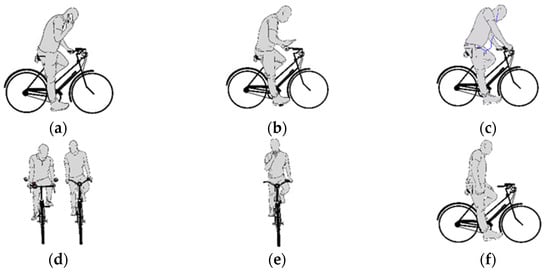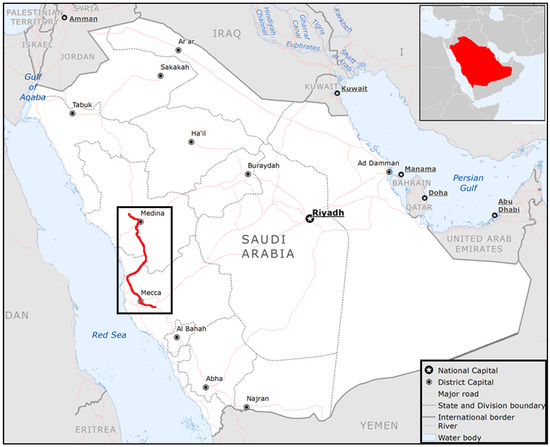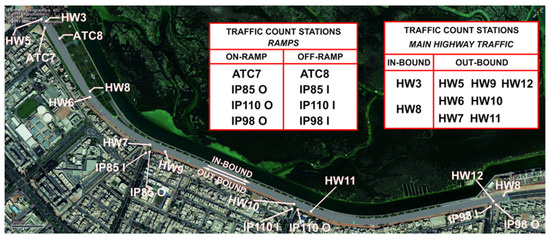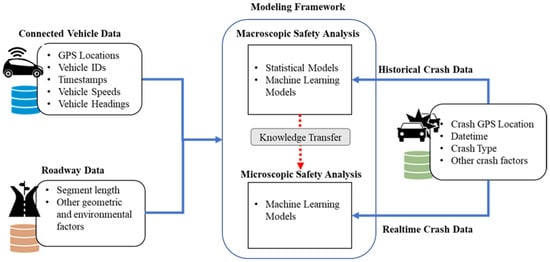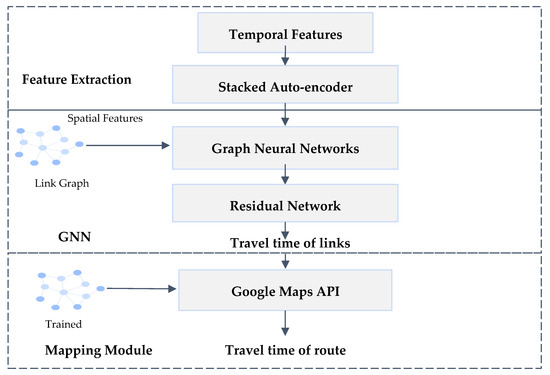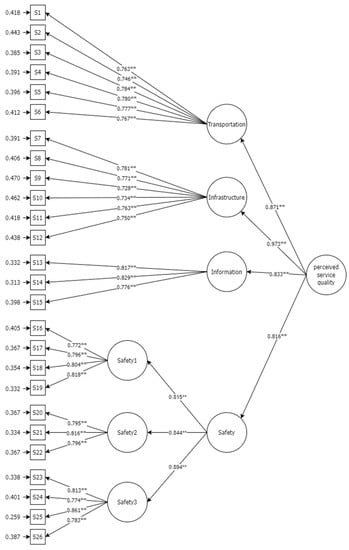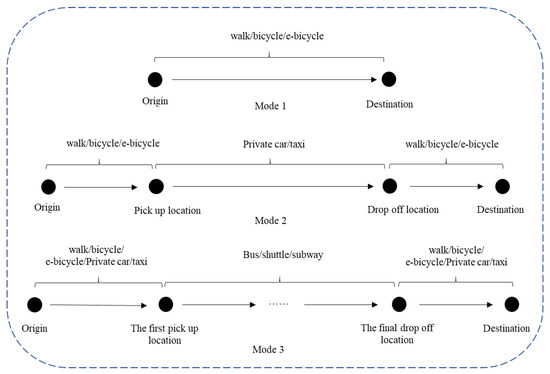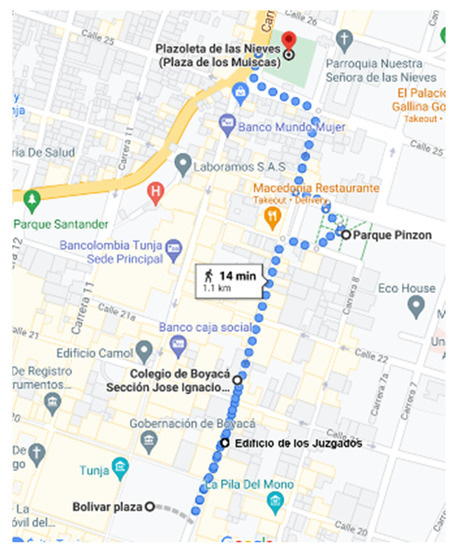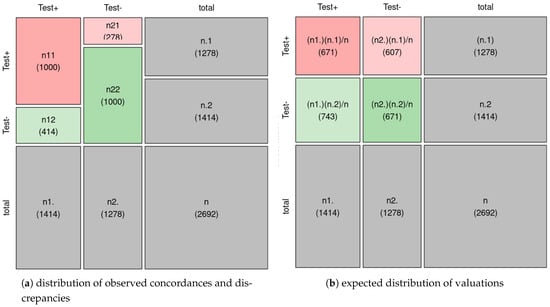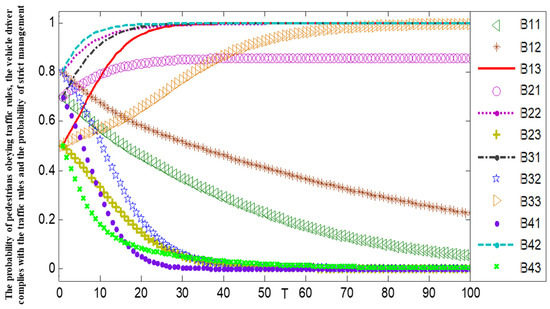Methods and Measures to Improve Road Safety and Travel Efficiency in Sustainable Urban Transport Management
A topical collection in Sustainability (ISSN 2071-1050). This collection belongs to the section "Sustainable Transportation".
Viewed by 23932Editors
Interests: traffic modelling and forecasting; transport planning; intelligent transportation systems; traffic engineering and mobility management
Special Issues, Collections and Topics in MDPI journals
Interests: intelligent transport systems; telecommunications; neuro-computing; machine learning and pattern recognition; nonlinear dynamics
Special Issues, Collections and Topics in MDPI journals
Interests: operation and economics of road and urban transport; urban road safety; smart cities; ITS
Special Issues, Collections and Topics in MDPI journals
Interests: telematics in transport and logistics; intelligent transportation systems; urban freight transport; sustainable transport systems
Special Issues, Collections and Topics in MDPI journals
Interests: computer simulation; cellular automata; multi-agent systems; complex systems; modeling and simulation of transport systems and processes; transportation systems modeling
Special Issues, Collections and Topics in MDPI journals
Topical Collection Information
Dear Colleagues,
Many cities have modernized and developed their road transport networks to focus on improving the efficiency of motor vehicle traffic and minimizing congestion. Such activities have usually been aimed at increasing the capacity of road network elements. However, congestion can also be reduced more rationally by introducing methods and measures to change the modal split and increase the share of other modes of transport on daily trips. Currently, cities are transforming selected areas to create urban spaces that are friendly to unprotected traffic users—pedestrians and cyclists (including the elderly and disabled)—and introducing measures to improve the accessibility and effectiveness of public transport. At the same time, according to the United Nations, road safety is also the key to achieving Sustainable Development Goals, yet the complexity of how road accidents occur makes this a difficult challenge, leaving many cities struggling with the problem. Technological development also creates opportunities for the implementation of intelligent transport systems services that support modal shift, accessibility management, congestion reduction, and improvement of traffic safety. An increasing number of travelers use multiple modes of mobility (bike-and-ride, park-and-ride, sharing services, Mobility as a Service).
The emerging challenges in shaping changes in urban mobility patterns and mobility management require the development of methods and tools to assess the effectiveness of improvements in terms of travel conditions, road traffic safety, and the environmental impact of transport. It is also necessary to develop principles and guidelines for the safe and efficient use of transport modes that are increasingly used in urban spaces, such as scooters, cargo bikes, and electric bikes.
This Special Issue aims to answer the questions of how to plan urban transport under the circumstances described above and how to reduce the need to travel by motor vehicles while ensuring a higher level of road traffic safety through strategic planning and operational activities.
This Special Issue will help researchers and practitioners understand the impact of current trends in changing mobility patterns, new technologies, and the challenges of transforming public spaces in cities on travel efficiency and traffic safety improvement, as well as identify the barriers, analytical tools, and techniques required in this area.
Given the established objectives of this Special Issue, we invite scholars and practitioners to submit their original research or review articles. Potential topics of interest include, but are not limited to, the following:
- Transport demand management
- Reduction of congestion in urban space
- Road traffic safety management in urban areas
- Traffic management systems that improve mobility and/or safety
- Mobility as a Service
- New modes of transport in urban space
- Intelligent transportation systems services and road infrastructure that improve road safety and mobility
- New technologies for road safety and mobility management
- Vulnerable road users’ safety and mobility
- Methodologies, practices, and policies for achieving behavioral change
- Urban mobility versus road safety
- New methods in road safety and/or mobility data collection and analysis
- Effects of large-scale events (e.g., pandemic) on road traffic safety and/or mobility
Assoc. Prof. Dr. Jacek Oskarbski
Dr. Krzysztof Małecki
Dr. Stanisław Iwan
Prof. Dr. Kyandoghere Kyamakya
Dr. Miroslava Mikušová
Collection Editors
Manuscript Submission Information
Manuscripts should be submitted online at www.mdpi.com by registering and logging in to this website. Once you are registered, click here to go to the submission form. Manuscripts can be submitted until the deadline. All submissions that pass pre-check are peer-reviewed. Accepted papers will be published continuously in the journal (as soon as accepted) and will be listed together on the collection website. Research articles, review articles as well as short communications are invited. For planned papers, a title and short abstract (about 100 words) can be sent to the Editorial Office for announcement on this website.
Submitted manuscripts should not have been published previously, nor be under consideration for publication elsewhere (except conference proceedings papers). All manuscripts are thoroughly refereed through a single-blind peer-review process. A guide for authors and other relevant information for submission of manuscripts is available on the Instructions for Authors page. Sustainability is an international peer-reviewed open access semimonthly journal published by MDPI.
Please visit the Instructions for Authors page before submitting a manuscript. The Article Processing Charge (APC) for publication in this open access journal is 2400 CHF (Swiss Francs). Submitted papers should be well formatted and use good English. Authors may use MDPI's English editing service prior to publication or during author revisions.
Keywords
- road traffic safety analysis
- sustainable safety
- smart mobility
- intelligent transport systems services
- Mobility as a Service
- data analytics
- cooperative intelligent transport systems
- mobility/traffic data collection and analysis
- sustainable transportation
- transportation safety
- safety management
- transportation management
- congestion









